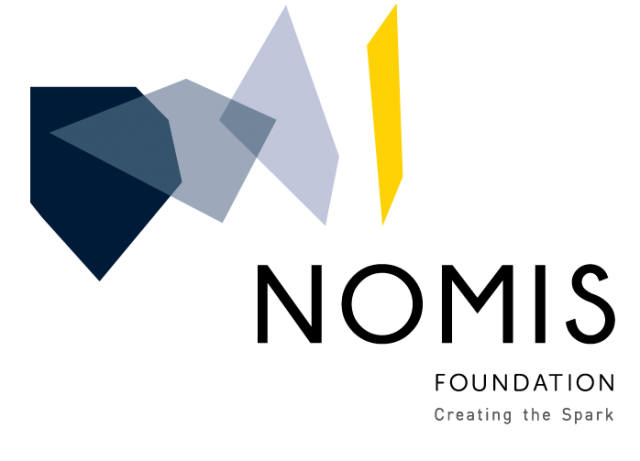The Max Planck Institute for the History of Science (MPIWG), together with the Museo Galileo and the Staatsbibliothek zu Berlin, is adapting and developing the exhibition to open at its Berlin venue in summer 2020. The MPIWG will complement the exhibition with several accompanying scholarly and public activities to explore the value of connectivity in the intellectual world of the Renaissance, to trace the interrelationships of seemingly disparate pursuits in art, philosophy, and science. The focus of the exhibition is Leonardo’s intellectual cosmos; the reconstruction of his library and its development throughout his life will offer scholars but also the general public a new perspective on Leonardo, 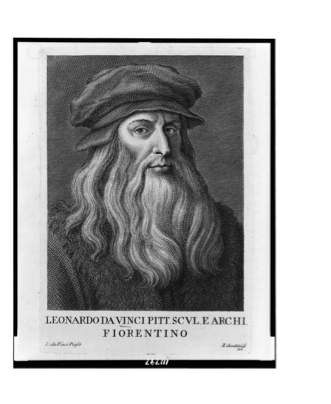 showing him not merely as either an engineer or artist, but as a man of letters, an intellectual striving to see the connections between microcosms and macrocosms in all aspects of nature as well as of human existence. The exhibition will also be unusual in its format: not only will it present visitors with a collection of some of the most precious books and illustrations of the time, but it will also allow them to enter Leonardo’s intellectual world with the help of an innovative virtual exhibition, an “exhibition without walls” that will serve, at the same time, as a tool for future scholarly investigations.
showing him not merely as either an engineer or artist, but as a man of letters, an intellectual striving to see the connections between microcosms and macrocosms in all aspects of nature as well as of human existence. The exhibition will also be unusual in its format: not only will it present visitors with a collection of some of the most precious books and illustrations of the time, but it will also allow them to enter Leonardo’s intellectual world with the help of an innovative virtual exhibition, an “exhibition without walls” that will serve, at the same time, as a tool for future scholarly investigations.
Why Leonardo's Library?
The library represents one of the less studied aspects of Leonardo, revealing that he was not at all—as has been generally retained—an “omo sanza lettere” (an unlettered man). The profile of the scholar, artist, and scientist that emerges from his manuscripts reveals his close and constant relationship with books, with the culture of his time, and with the great authors both past and present (whom he referred to as altori).
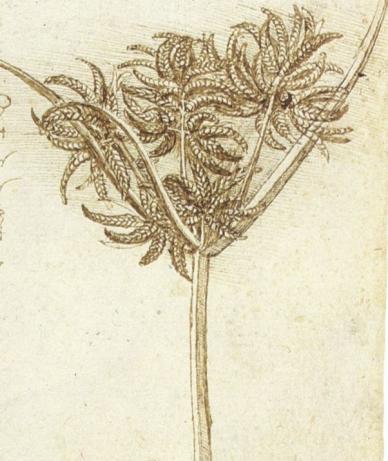
Sedge (c. 1510), a drawing by Leonardo da Vinci. Source: http://www.drawingsofleonardo.org.
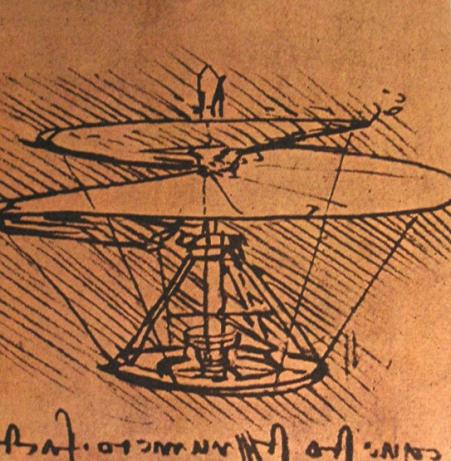
Leonardo da Vinci, design for a helicopter (late 15th-early 16th century). Source: Bortolon, The Life and Times of Leonardo, Paul Hamlyn.
An avid reader, Leonardo owned nearly 200 books, an extraordinary number for a 15th-century artist-engineer. Most were printed books in the areas of science and technology, but there were also works of literature (ancient and modern history, tales and facezie, poetry, and romances) and religion (beginning with the Bible). His early acquisitions were written in the vernacular, but later his library came to include texts in Latin. There were in addition dictionaries and grammars testifying to Leonardo’s efforts to learn Latin when he decided to become an author himself. He would go on to write treatises on painting and in almost every branch of technology and science, namely anatomy, botany, the Earth sciences, mechanics, hydraulics, and cosmology.
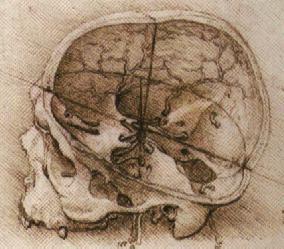
View of a Skull (c. 1489), a drawing by Leonardo da Vinci. Source: http://www.drawingsofleonardo.org.
Reconstructing the Library
Of this library only one volume actually used by Leonardo has come down to us, the Trattato di architettura e macchine by Francesco di Giorgio—a manuscript with annotations in the artist’s hand, now conserved in the Biblioteca Medicea Laurenziana in Florence (MS Ashb. 361). We can, however, reconstruct Leonardo’s library through the references to be found in his manuscripts: quotations, authors’ names, book titles, and lists of works in his possession.
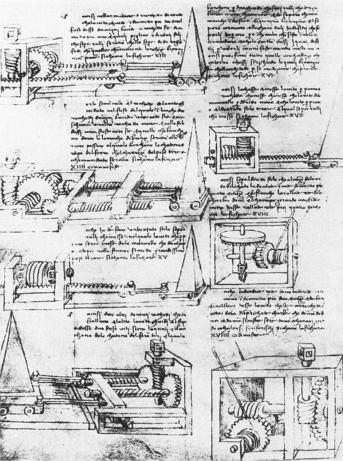
Illustrations from Francesco di Giorgio's Trattato di architettura, second half of 15th century. Source: Royal Library of Turin, Wikimedia Commons.
A selection of most significant texts owned and used by Leonardo will be on display, the books being made available by the Staatsbibliothek Berlin as well as by the MPIWG library. The exhibition will also feature a reconstruction of the atelier where he worked on his drawings, notebooks, and other writings.
Explore Leonardo’s Books and Manuscripts
Computers in the exhibition rooms will allow visitors to leaf through digitalized books and manuscripts and access information regarding their contents and the use that Leonardo made of them. The exhibition will allow visitors to enter the laboratory of Leonardo’s mind and trace his continual development as an artist and scientist. A digital library will contain all of the books owned and/or consulted by Leonardo, with a description of the contents of each and a link to the pages in the artist’s notebooks referring to the work.
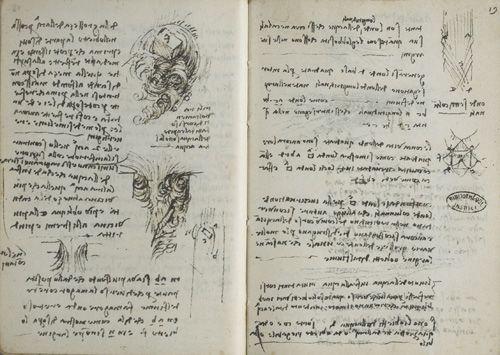
Paris Manuscript F, Folio 18v and 19r, by Leonardo da Vinci, Institut de France.
Exhibition at the Museo Galileo, “Leonardo and His Books: The Library of the Universal Genius”
The Florentine version of the exhibition, entitled "Leonardo and his Books," is to take place at the Museo Galileo June 6–September 22, 2019. Sponsored by the Italian “Comitato Nazionale per le celebrazioni dei 500 anni dalla morte di Leonardo da Vinci,” (in collaboration with Commissione per l’Edizione Nazionale dei manoscritti e dei disegni di Leonardo da Vinci, Accademia Nazionale dei Lincei Rome, and Biblioteca Nazionale Centrale Florence) together with its Berlin partner event it constitutes a unique and important contribution to the celebrations being organized around the world to mark this important anniversary.
"Leonardo’s Intellectual Cosmos—His Reconstructed Library," an exhibition in collaboration with Staatsbibliothek zu Berlin, NOMIS Foundation, and Museo Galileo, will open at the Staatsbibliothek zu Berlin in summer 2020.

